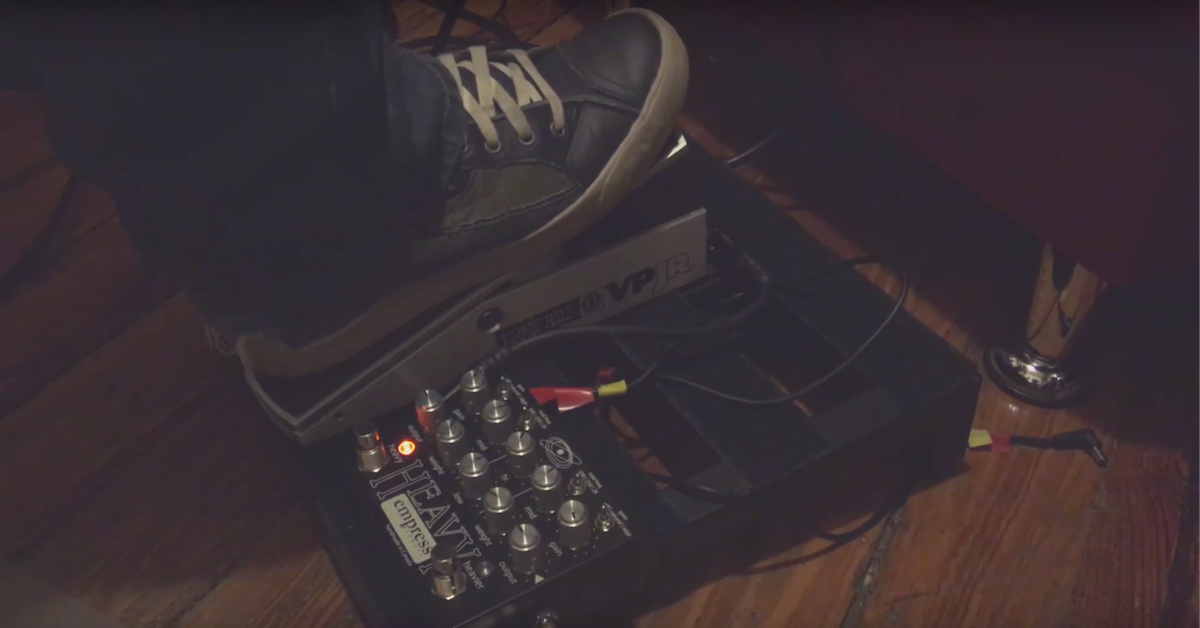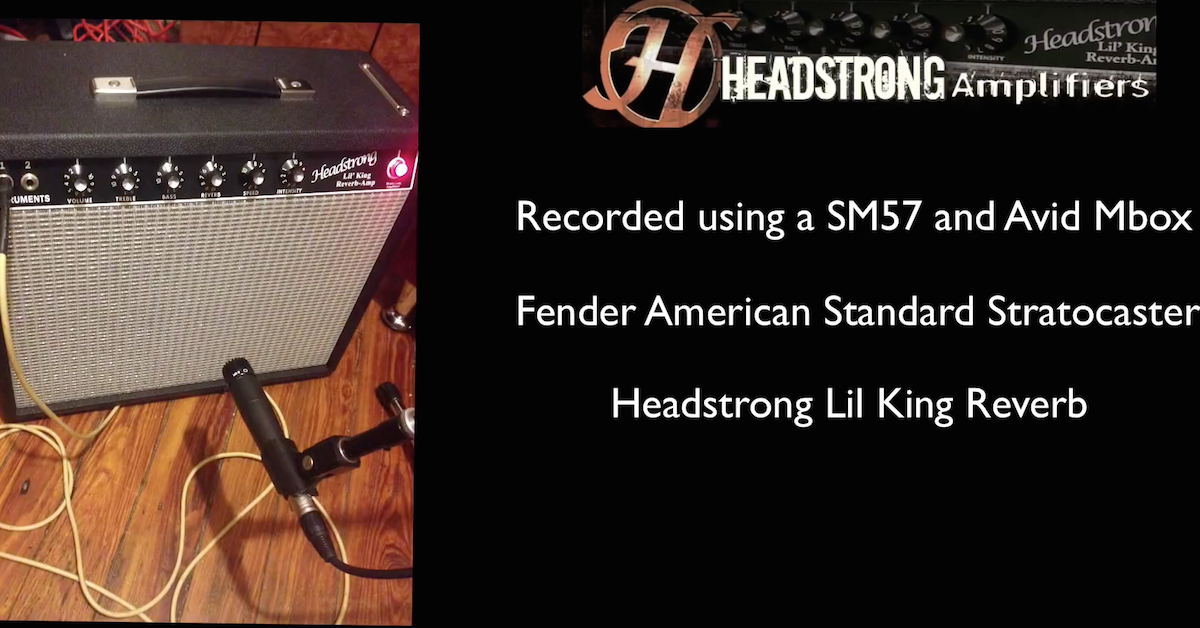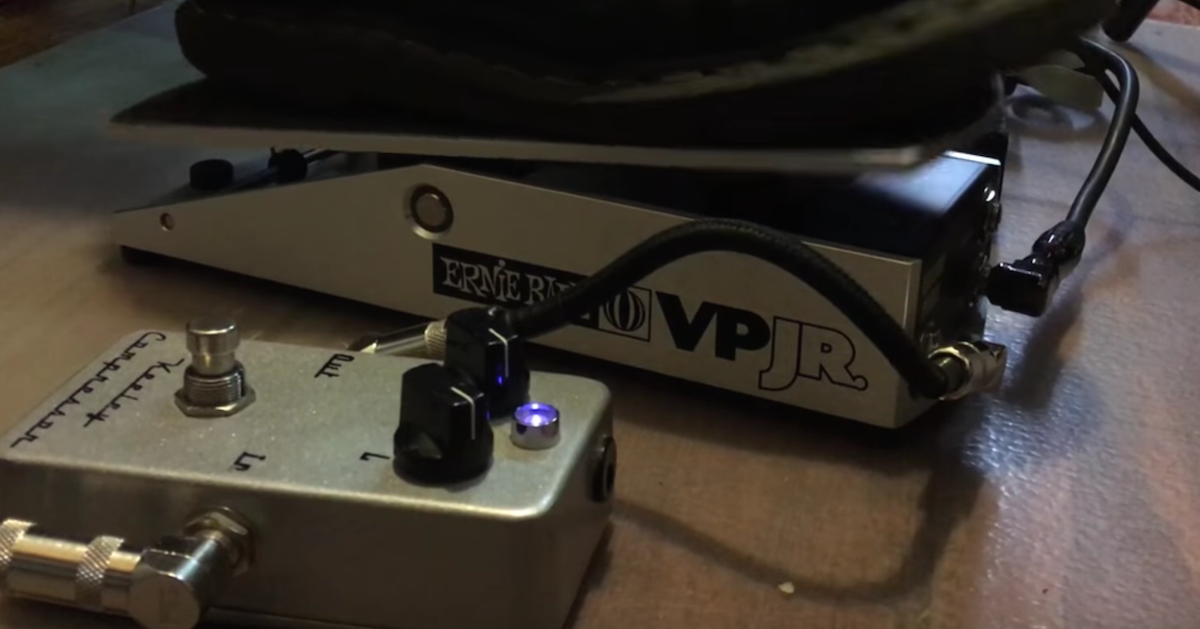Why Amp Volume is a Secret Ingredient to Getting Great Guitar Tone
Article Content
There are so many variables with each instrument that it can take years to fully grasp. If you don’t play the instrument, it’s unlikely you’ll ever fully understand many of the subtleties.
As a producer/engineer, you don’t have to understand all of them to have success in capturing great tones. A few simple tricks can get you most of what you need from instruments you don’t play.
I’m going to share a tip today that can also be useful to everyone, even guitarists that have been playing a while.
One of the lesser understood elements of getting great guitar tone is volume.
Live Wire
Sure, everybody knows that tube amps sound good when they’re played loud. That’s not where I’m going with this. Let’s look at the opposite direction.
Often amps that don’t reach a certain volume sound choked. A 100-watt amp on 2 isn’t going to sound like that same amp on 4. This doesn’t have anything to do with tube overdrive.
I find that amps don’t start opening up until they’re on 3.
This can become a problem for certain recording situations. Let’s look at a 100-watt amp for instance. When you put a Marshall JCM800 on 3, it’s loud. A lot louder than a Princeton Reverb on 3.
If you’re working out of a soundproofed studio this won’t be an issue. But, if you’re trying to record in volume challenged environment, it’s going to be a struggle.
Pedals Fix Everything
Sticking a pedal in front of the amp is not going to solve the choking problem.
Again, it’s not a tube saturation/overdrive issue.
It has to do with the amp opening up. Adding overdrive is not going to make the amp breathe.
Elephant In The Room
I see this happen a lot: People buy a loud amp and try to record at home.
They can barely get the amp on 2 (only to the point where it starts making sound). They put their pedalboard in front of the amp and try to record. The result is not very pleasing.
They wonder what’s wrong with the sound? They placed the mic properly and chose a nice preamp. No matter where they place the mic it’s not making “the difference.”
Size Matters
It’s for this reason I choose low wattage amps for sessions that don’t have sound isolation.
I know that no matter what amp I have, it needs to be on at least 3 to breathe.
When an amp can’t breathe it can sound extremely dull. The lows aren’t defined and the highs sound thin.
One of the things I can compare it to is running through a whole series of non-true bypass pedals in the off position.
You know that sound of your signal being loaded? It’s kinda similar.
You’re not really going to get that real Marshall sound from a 100 watt Marshall on 2.
For this reason, Twin Reverb, Blues Deville, Marshall JCM800 and other high wattage amps are too much for a lot of modern recording situations.
Luckily, there are more options than ever for low wattage amps. Even Marshall makes a 1-watt head now.
Magic Number 3
You can allow a 5-watt amp to breathe on volume 3 without pissing off your super. You can let your tweed deluxe or Blackface Princeton breath without trouble.
This, of course, is dependent on how many hours you’re going to be playing. As a general rule, I wouldn’t push your luck with neighbors.
Cutoffs
I would avoid amps over 28 watts for home recording.
From my experience, that’s the tipping point. Loud enough to get a clean sound if you want it and to not choke the amp.
You’d be surprised how much this affects the tone of the amp.
Observation Deck
This is something you should observe when guitarists bring their own amps to your studio.
Although, it’s rare to meet a guitarist that doesn’t reach for the volume knob and do the twist of hearing doom.
Every guitarist should plug straight into the amp first to get a good sound before plugging into their pedalboard.
It’s important to have a good base of tone. Don’t just lather layers of makeup on it. That’s another common mistake I often see when guitarists complain that they can’t get a good tone.
Case Study
As an experiment, plug straight into your amp. Play as you adjust the volume from all the way down to just barely on. Now, turn the amp to 3.
Record this experiment. Pay attention to the change in tone, not the difference in volume.
Preference of Poison
My amps of preference for recording in volume challenged spaces are:






